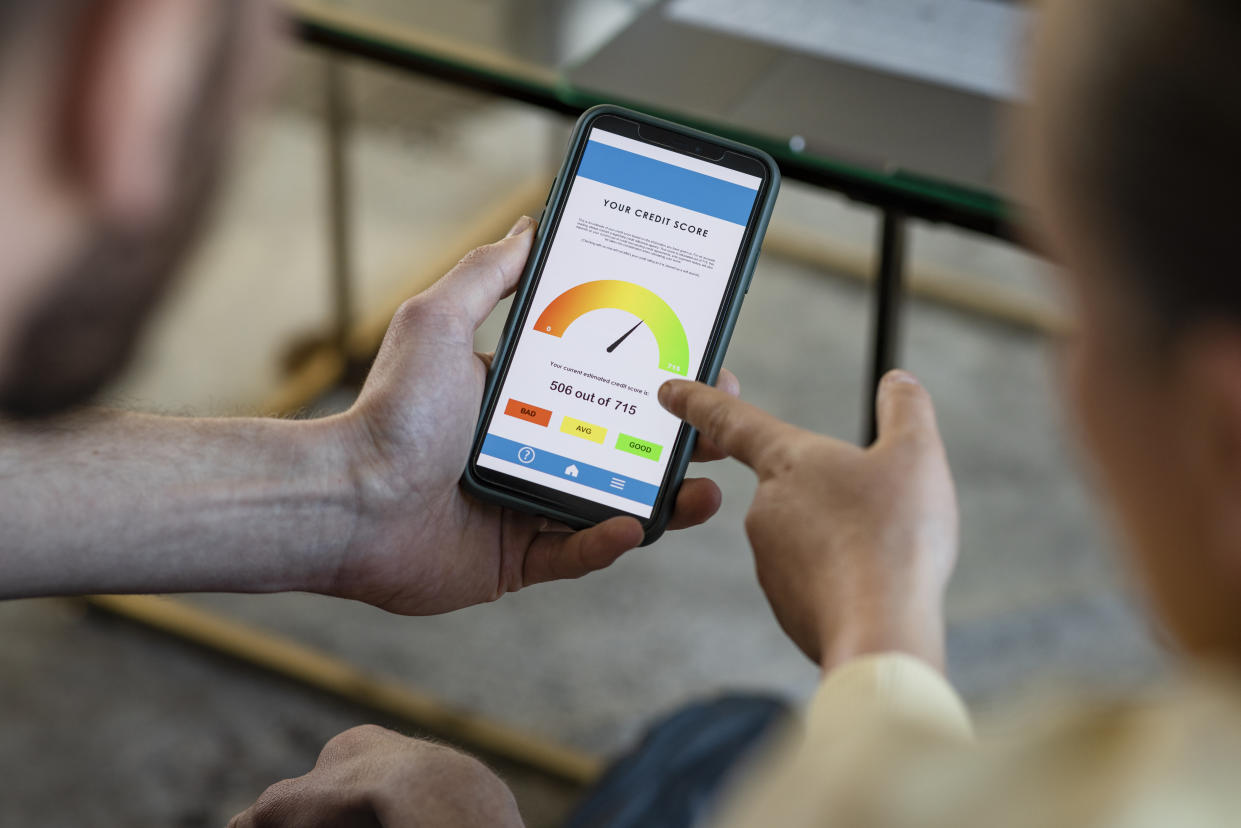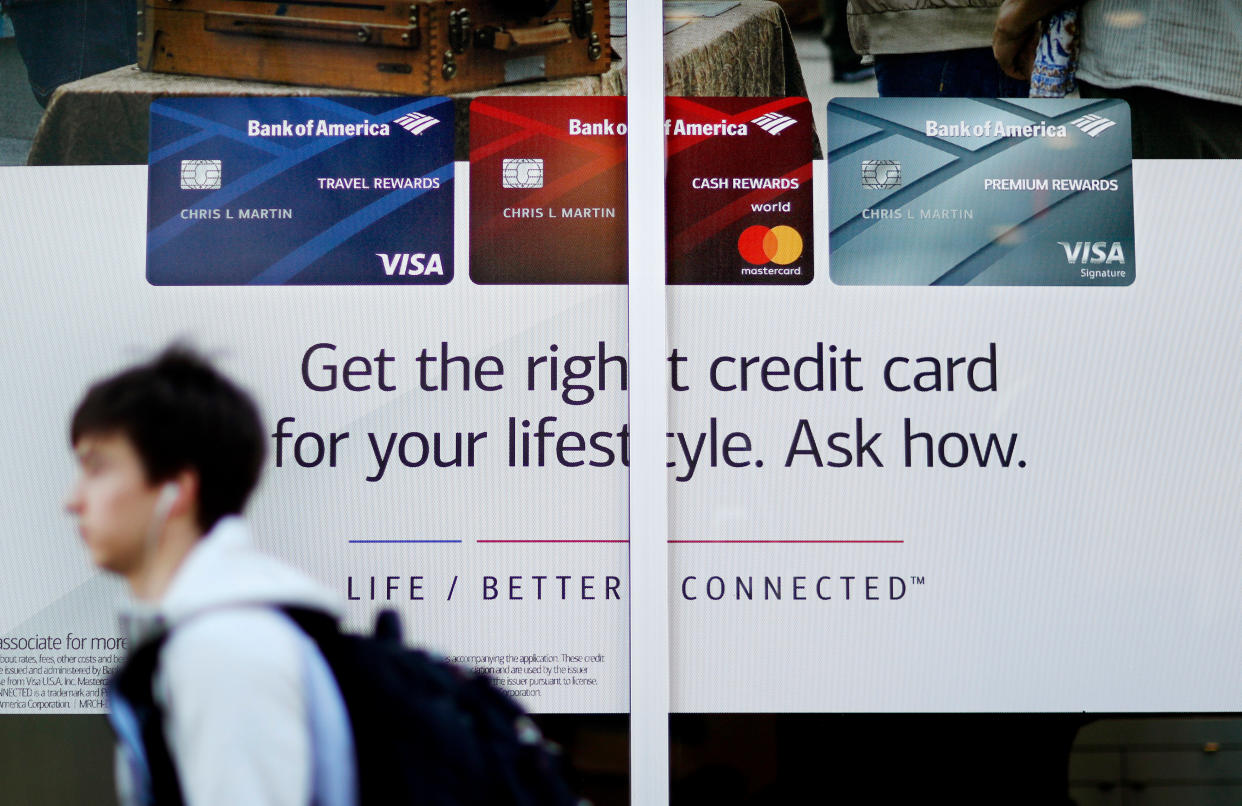Lenders turn to nontraditional credit scores to find more borrowers
More US lenders have adopted or are looking to adopt credit scores that use non-mainstream scoring data to help more borrowers qualify for credit.
Last year, lenders pulled more than 19 billion VantageScore credit scores — which use credit behaviors and trended data — in their application processes, an increase of 30% over 2021, according to a new analysis. That included banks, fintechs, and other financial institutions, which relied on 9 billion scores last year, up 46% from the previous year.
In a similar vein, FICO, the developer of the most widely used credit scores, launched a lab in May where lenders can test the adoption of credit decision tools that use alternative data before making the switch.
If lenders lean into these alternative scoring options, borrowers previously overlooked by more traditional credit scores may have an easier time qualifying for personal loans, credit cards, or a mortgage. But an uncertain economy and other implementation hurdles make it harder for widespread adoption.
"We built a technology that is more predictive of a consumer's true creditworthiness, and saw phenomenal growth numbers across segments," VantageScore CEO Silvio Tavares told Yahoo Finance. "When you combine those two things for lenders, they can score more people, including the fastest-growing segments of our society — Latinos, African Americans, Asian Americans — and when you score them, you actually get a better score."

Alternative data can help drive inclusion
Using alternative data to measure a borrower’s creditworthiness can expand the pool of qualified borrowers.
For instance, nearly 33 million more US adults were newly scoreable last year under the VantageScore 4.0 credit score. The tri-bureau scoring model from TransUnion, Experian, and Equifax uses trended data that considers the trajectory of credit behavior — is it improving or deteriorating — when scoring consumers.
And lenders are noticing. Telecoms and utilities data last year utilized more than 1 billion VantageScore credit scores in 2022, up 806% from 135 million in 2021.
"We're seeing many of those companies using our credit score to approve a consumer to get their first installment phone instead of pre-paying it," Tavares said. "Now they're actually able to use it and then pay it on a post basis."
Among financial institutions, consumer and personal lenders outpaced all user types. These companies used more than 3 billion credit scores in 2022, an 132% year-over-year increase. This was followed by credit unions (20% increase), credit card issuers (18% increase), and banks and thrifts (13% increase).
The company expects even more growth next year after Freddie Mac and Fannie Mae last year said lenders could use the VantageScore 4.0 credit score as well as the FICO 10T credit score when qualifying potential homebuyers.
"We saw very strong growth across the board," Tavares said. "It’s great for people that historically haven't had access to credit but that, in fact, are creditworthy."

FICO also seeks to expand credit access
According to a separate survey from FICO, using alternative data can broaden credit access to roughly 1.3 billion people globally.
FICO Score XD2, developed in partnership with LexisNexis Risk Solutions and Equifax, for example, incorporates data not included in the traditional credit bureau file such as utilities and telephone bills. The program helped score more than 26.5 million previously unscoreable people in 2018.
The company later launched UltraFICO Score, where a consumer can contribute information from checking, savings, money market accounts to count toward their credit score.
And last month, FICO launched its Inclusion Accelerator Program and Financial Inclusion Lab.
"The accelerator program is one where we package in consulting and support to allow the lenders to try that out and see how many more consumers they can actually lend to without that first upfront investment," Sally Taylor, vice president at FICO, told Yahoo Finance. "So that's really our way of really trying to get the next wave of lenders to try and adopt alternative data."
Lenders tighten standards

Amid recession fears, rising interest rates, and recent banking drama — stricter lending practices may threaten who can qualify moving forward. Uncertain economic conditions may also dissuade lenders from further expanding credit access.
According to the Federal Reserve’s quarterly senior loan officer opinion survey, banks reported to have tightened their standards across all areas of residential real estate loans, except for government-backed mortgages, which remained unchanged in April. Home equity lines of credit and all consumer loan categories were stricter, but credit cards lending standards remained unchanged.
"There could be kind of a short-term impact because lenders do follow the economy. When we go into a recession, they tend to contract and then when we get out of the recession, that's when they expand," Taylor said. "The adoption of innovation actually goes beyond those cycles, because when the economy starts to turn up, the lenders want to be ready to do that expansion."
Additionally, telecom and utility reporting often depend on consumers self-reporting that information to the credit bureaus. The same thing applies to linking up checking, savings, and money market accounts, as well as rent-reporting.
"I would say we definitely have had lenders who have used alternative data scores, but they’re what you would call early innovation adopters that are willing to make system changes and everything in order to really get the bulk of the market," Taylor said. "But the consumer actually has to step in the middle of the scoring process. They have to report that information."
Gabriella Cruz is a personal finance reporter at Yahoo Finance. Follow her on Twitter @__gabriellacruz.
Read the latest financial and business news from Yahoo Finance
